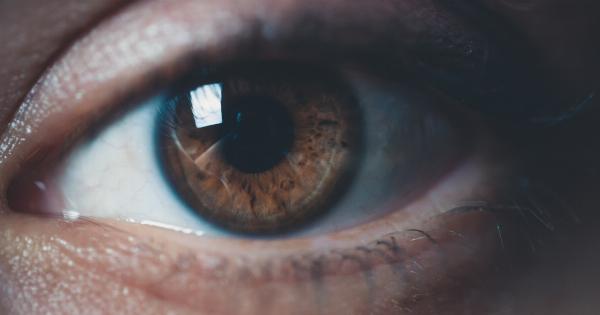Diabetes is a chronic condition that affects millions of people worldwide. One of the most serious complications of diabetes is diabetic eye disease. This condition can lead to blindness if left untreated.
In this article, we will discuss the prevalence of diabetic eye disease, its causes, symptoms, diagnosis, and treatment.
What is Diabetic Eye Disease?
Diabetic eye disease is a group of eye conditions that can affect people with diabetes. These conditions include diabetic retinopathy, diabetic macular edema, cataracts, and glaucoma.
Prevalence of Diabetic Eye Disease
According to the World Health Organization (WHO), diabetic retinopathy is the most common cause of blindness in working-age adults. Overall, about one-third of people with diabetes have diabetic retinopathy.
However, this number can vary depending on the type and duration of diabetes.
A study conducted by the National Eye Institute (NEI) estimates that nearly 7.7 million people in the United States have diabetic retinopathy. This number is expected to increase to 11 million by 2030.
The study also found that about 2.4% of people with diabetes have vision-threatening diabetic retinopathy.
Causes of Diabetic Eye Disease
Diabetic eye disease is caused by high blood sugar levels that can damage blood vessels in the retina. Over time, this can cause the blood vessels to leak or become blocked, which can lead to vision loss.
People who have had diabetes for a long time, or who have poorly controlled blood sugar levels, are at a higher risk of developing diabetic eye disease.
Other factors that can increase the risk include high blood pressure, high cholesterol, and smoking.
Symptoms of Diabetic Eye Disease
Early stages of diabetic eye disease may not have any noticeable symptoms. However, as the condition progresses, symptoms may include:.
- Blurred vision
- Spots or floaters in your vision
- Difficulty seeing at night
- Loss of vision
- Pain or pressure in the eye
Diagnosis of Diabetic Eye Disease
Diabetic eye disease can be detected during a comprehensive dilated eye exam. During this exam, an eye doctor will examine your retina and look for signs of diabetic retinopathy, diabetic macular edema, cataracts, or glaucoma.
If diabetic eye disease is suspected, your eye doctor may recommend additional tests, such as a visual acuity test, a tonometry test to measure eye pressure, or an optical coherence tomography (OCT) scan to create detailed images of the retina.
Treatment for Diabetic Eye Disease
The treatment for diabetic eye disease depends on the specific condition and the stage of the disease. In some cases, early stages of diabetic retinopathy may not require any treatment but may require close monitoring.
For more advanced stages of diabetic retinopathy, treatment may include laser therapy, injections of medication into the eye, or surgery to remove blood from the eye.
Treatment for diabetic macular edema may include injections of medication into the eye or laser therapy.
If you have cataracts, surgery may be recommended to remove the clouded lens and replace it with an artificial lens.
Treatment for glaucoma may include eye drops, laser therapy, or surgery to lower eye pressure.
Prevention of Diabetic Eye Disease
The best way to prevent diabetic eye disease is to properly manage your diabetes. This includes monitoring your blood sugar levels, keeping your blood pressure and cholesterol levels in check, and not smoking.
Additionally, it is important to have regular comprehensive dilated eye exams to detect any signs of diabetic eye disease early.
Conclusion
Diabetic eye disease can be a serious complication of diabetes, but with proper management and regular eye exams, it can be detected and treated early.
If you have diabetes, be sure to monitor your blood sugar levels, manage your blood pressure and cholesterol levels, and have regular comprehensive dilated eye exams to help prevent vision loss.






















